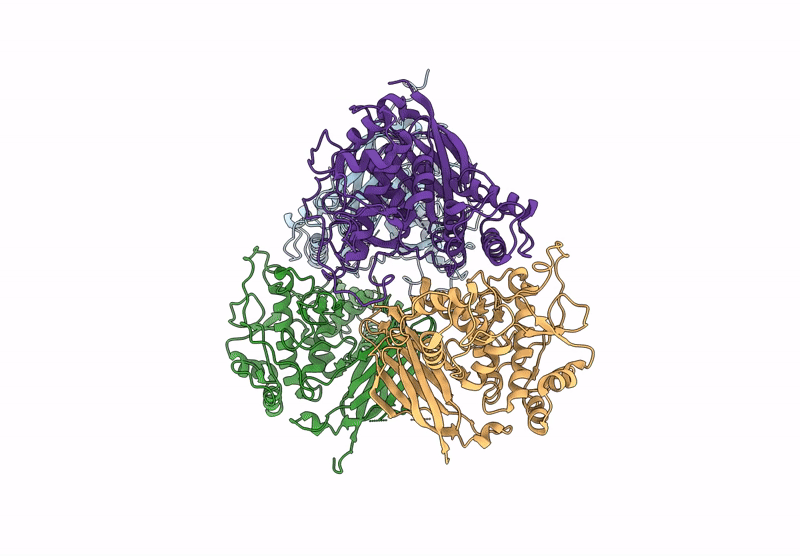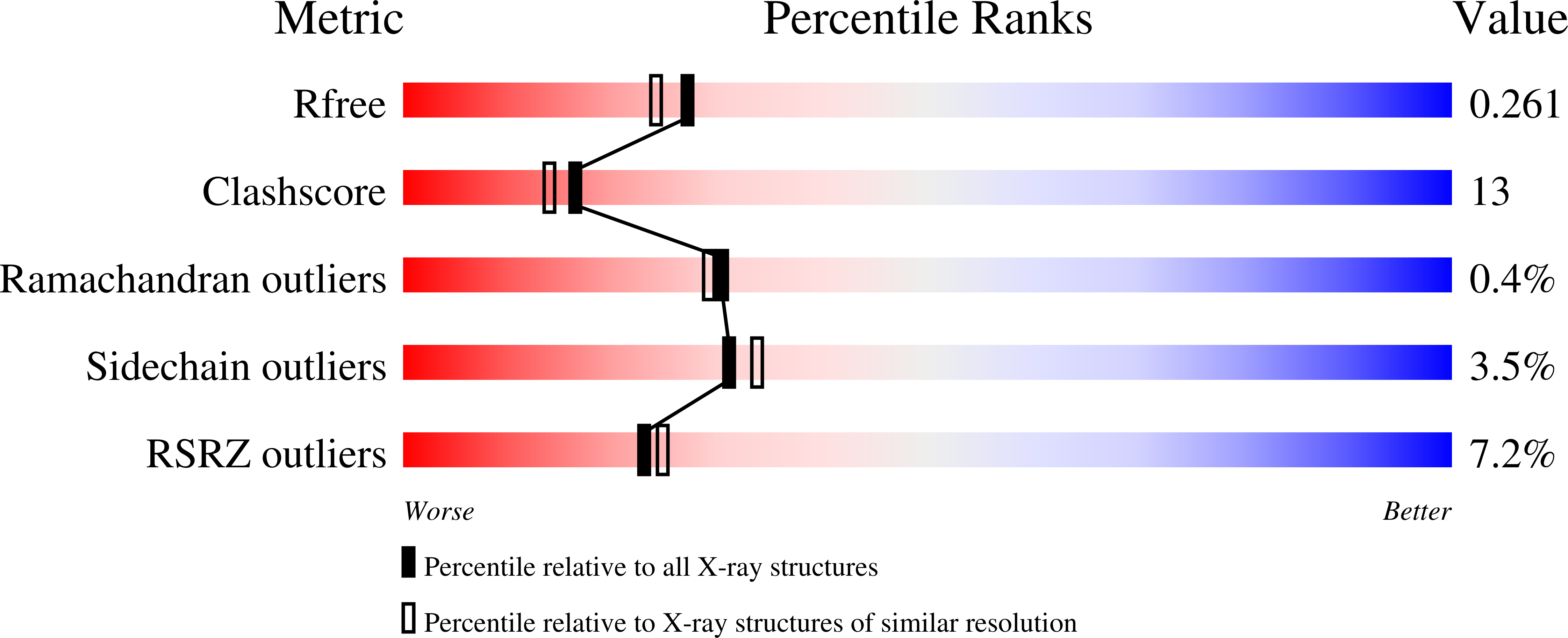
Deposition Date
2024-10-23
Release Date
2025-02-12
Last Version Date
2025-02-19
Entry Detail
PDB ID:
9H68
Keywords:
Title:
Crystal Structure of the spore gernation lytic transglycosylase SleC from Clostridioides difficile in its zymogenic form (prepro-SleC)
Biological Source:
Source Organism:
Clostridioides difficile 630 (Taxon ID: 272563)
Host Organism:
Method Details:
Experimental Method:
Resolution:
2.10 Å
R-Value Free:
0.26
R-Value Work:
0.21
R-Value Observed:
0.21
Space Group:
P 1


